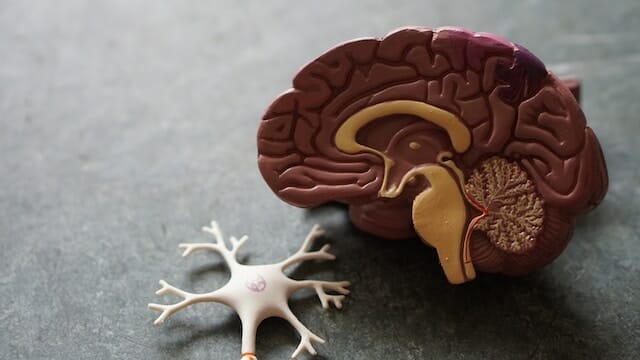 Kids these days — and adults, for that matter — are consuming far too many spoons full of sugar. This sugar excess contributes importantly to the epidemic of obesity, and all of its consequences — diabetes in particular. Diabetes and other complications of obesity require pharmacotherapy much of the time. And there we have it: spoons full of sugar, helping medicine go down.
Kids these days — and adults, for that matter — are consuming far too many spoons full of sugar. This sugar excess contributes importantly to the epidemic of obesity, and all of its consequences — diabetes in particular. Diabetes and other complications of obesity require pharmacotherapy much of the time. And there we have it: spoons full of sugar, helping medicine go down.
There is an exhibition at Yale University’s Peabody Museum, entitled “Big Food: Health, Culture and the Evolution of Eating.” “Big Food” puts on visual display our evolving food environments, increasing obesity rates and decreasing physical activity levels”Big Food” can teach you things you never knew, and maybe some you never knew you never knew. It examines behavioral choice in nutrition and exercise and the influence of social, environmental and cultural settings. It explores our origins as hunter‐gatherers, societal pressures such as the growth of portion sizes and media influences on food preferences. And it calls on us all to become advocates for a healthier lifestyle.
Most importantly, in the manner of museums catering to families with children, “Big Food” is fun. It’s edutainment: education and entertainment combined. “Big Food” may shock you with those spoons full of sugar — the incredible numbers of them, and the surprising places they hide in your food. By doing so, maybe it will be the reason you — or someone in your family — won’t need medicine to go down after all.
“Big Food” opened Feb. 11 at the Peabody Museum of Natural History in New Haven and runs through Dec. 2, 2012.
There is a wonderful exhibition at Yale University’s iconic Peabody Museum, entitled “Big Food: Health, Culture and the Evolution of Eating.” “Big Food” puts on visual display our evolving food environments, increasing obesity rates and decreasing physical activity levels. The Peabody now gives you dinosaurs to the right, and perhaps some of the things that will speed Homo sapiens toward a similar fate to the left! All too often, the things that extend the shelf life of food tend to shorten the shelf life of those eating the food.
Not everyone has easy access to museums in Connecticut. Good news for the rest of you: I did a Google search for children’s museums offering exhibitions about health and food, and found that they are available all around the country. Go to www.childrensmuseums.org to find one near you.
Museums applying their unique talents for making learning fun to food is a very welcome development.
For more information go to Dr. David L. Katz; www.davidkatzmd.com
www.turnthetidefoundation.org



























